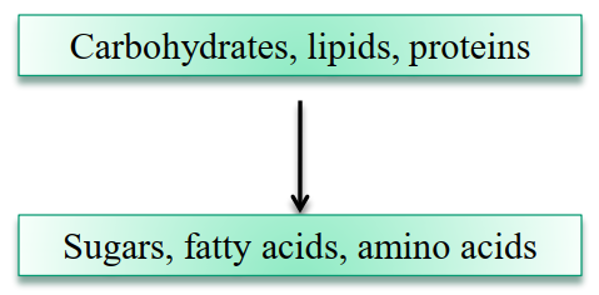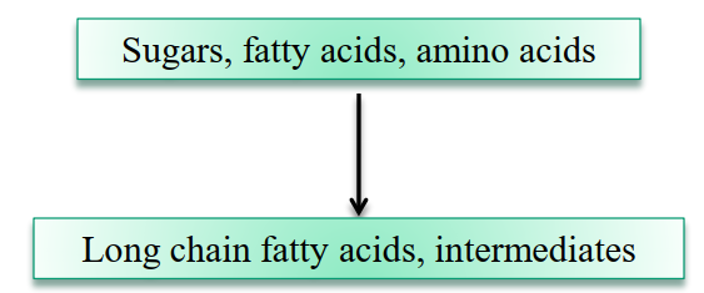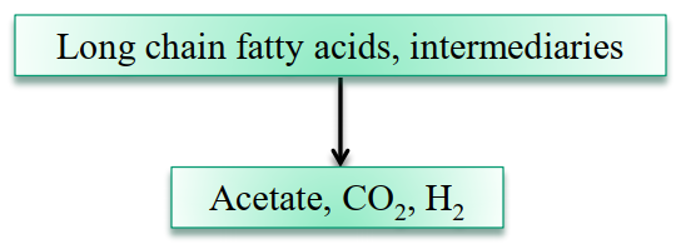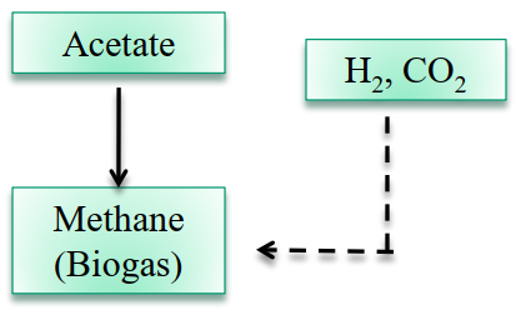Anaerobic Biodegradation – Enzymatic reaction, where the substrate is digested by biological activity.
(1). The microbial degradation of the product under anaerobic conditions
(2). This is a naturally occurring process
(3). Found in swamps, hydro soils, anaerobic digestors, bio-active landfills
(4). There are four stages to the biodegradation process as follows:
1. Hydrolysis
- Breaks polymers down into monomeric compounds, fatty acids, amino acids, and sugar
- Allows cells to assimilate materials
- Performed by Bacteria, Fungi, and Protists
- Accomplished through extracellular enzymes
- Some bacteria produce cellular scaffolding to attach cells to the substrate

2. Acidogenesis
- Monomeric hydrolysis products are fermented into fatty acids and intermediates
- Performed by acidogens
- Unbalance acidogenesis can cause acidification
- Many different types of fatty acids are produced

3. Acetogenesis
- Acetate production is critical to Anaerobic Digestion
- Immediate precursor for the majority of methane production
- Some acetates are produced through the direct fermentation
- There are two groups of acetogens, OHPA and Homoacetogens. These are responsible for producing acetates, CO2 and H2 from fatty acids and they convert CO2 and H2 to acetate through anaerobic respiration

4. Methanogenesis
- Methanogens produce methane gas from acetate or H2 and CO2
- 2/3 methane gas produced is derived from acetate


